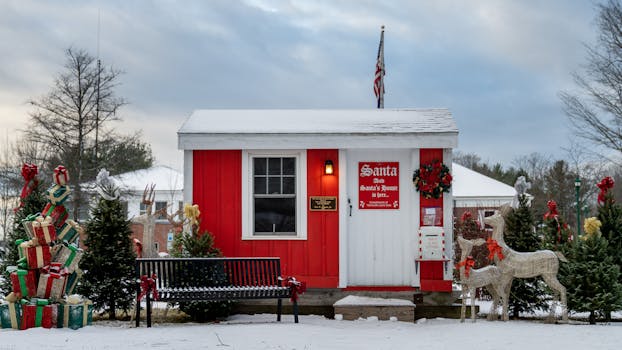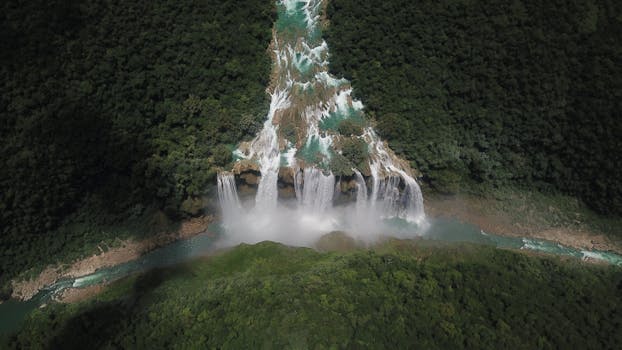Table of Contents
Mission Santa Cruz: A Journey Through Its Rich and Resilient History
Mission Santa Cruz: A Journey Through Its Rich and Resilient History
Introduction
As twilight paints the Californian sky with hues of orange and purple, an imposing silhouette stands tall against the fading light. This is Mission Santa Cruz, a historical treasure nestled in the heart of sunny California. Its captivating tale, steeped in history and culture, transports us back to 1791. So, history enthusiasts and curious explorers, join us as we journey through time to unravel the intriguing narrative of Mission Santa Cruz.
The Establishment of Mission Santa Cruz
Founded on August 28, 1791, by Father Fermin Lasuen, Mission Santa Cruz, also known as the "Mission of the Sacred Cross," was the twelfth of the 21 Spanish Missions established in California. The mission was conceived with the aim of spreading Christianity among the local Native American population and assimilating them into Spanish society. However, the journey was far from smooth. The mission encountered numerous obstacles, including resistance from local tribes and natural calamities, each contributing a new chapter to its fascinating story.
The Strategic Location and Structure
The location of Mission Santa Cruz was strategically chosen for its fertile soil and proximity to the San Lorenzo River. The Spanish missionaries, with the assistance of the local Ohlone Indians, constructed a church, living quarters, and workshops. The mission rapidly transformed into a bustling hub of activity, with the natives learning farming, cattle rearing, weaving, and carpentry. However, beneath this seemingly harmonious surface, the natives were often forced into labor and compelled to abandon their traditional practices, leading to tension and conflict.
The Quiroste Revolt of 1793
One of the most significant events in the mission's history was the 1793 revolt led by the Quiroste tribe. Unwilling to live under Spanish rule, the Quiroste attacked the mission but were eventually defeated. This marked a dark period in the mission's history, with the Quiroste tribe being severely punished and the mission's influence significantly weakened.
The Prosperous Era and Subsequent Decline
Despite the challenges, the mission continued to prosper. By 1796, the mission boasted a population of over 500 neophytes, a flourishing cattle industry, and vast agricultural fields. But fate had other plans. The early 19th century was marked by a series of earthquakes that severely damaged the mission buildings. The mission suffered further when the Mexican government's secularization policies in 1834 led to its eventual abandonment.
The Resurrection of Mission Santa Cruz
Like a phoenix rising from the ashes, Mission Santa Cruz was not destined to be forgotten. In the late 19th century, efforts were made to restore the mission. Today, what stands is a replica of the original mission church, a testament to the resilience and enduring spirit of the mission.
Visiting Mission Santa Cruz Today
Stepping into Mission Santa Cruz today is akin to entering a time machine. The mission museum houses a collection of artifacts and exhibits that offer a glimpse into the mission's past. The tranquil garden, with its centuries-old olive trees, is a serene spot to reflect on the mission's rich history. And the annual Mole & Mariachi Festival is a vibrant celebration of the mission's cultural legacy.
Conclusion: The Legacy of Mission Santa Cruz
The story of Mission Santa Cruz is more than just a historical narrative. It's a tale of resilience, of cultures clashing and co-existing, of the indomitable human spirit. It's a reminder of our collective past, a past that shapes our present and paves the way for our future.
So, the next time you find yourself in California, make sure to pay a visit to Mission Santa Cruz. Walk through its hallowed halls, absorb its timeless beauty, and let its story unfold. You'll find that each stone, each artifact, each whispering wind carries a tale waiting to be told. And who knows, you might just find a piece of yourself in the echoes of its past.









